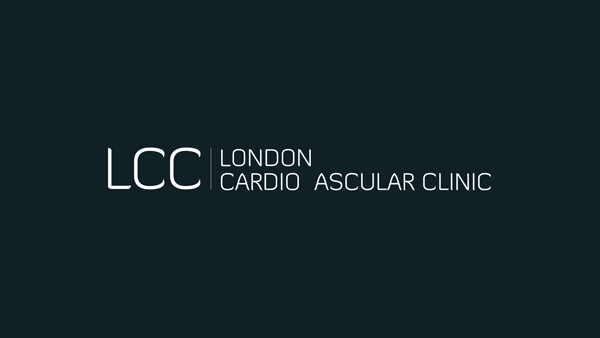
Archive for 2013
Journal Scan 9 – Flaxseed for heart disease, treatment of high blood pressure with diabeties and glorious Statins…
Flaxseed is a source of dietary fiber and omega-3 fatty acids. Taken before a meal, flaxseed seems to make people feel less hungry, so that they might eat less food. The fiber in the coating binds with cholesterol in the intestine and prevents it from being absorbed. Flaxseed also may make platelets, the blood cells involved in clotting, less prone to forming blockages.
A recent study suggests it may also help lower blood pressure (BP). 30g of miller flaxseed for each day for 6 months produced 15/7 mmHg drop in BP. The study was only in 110 patients so don’t throw away your pills just yet.
Hypertension: 2013, doi:10.1161/HYPERTENSIONAHA.113.02094
This analysis of previous studies suggests that angiotensin converting enzyme inhibitors (ACEI) and probably angiotensin receptor blockers (ARB) protect the kidney more, but can’t be proven to make you live longer, than other blood pressure drugs. Betablockers again don’t look to be the right choice with a strong signal to worsen mortality rates.
The Minerva “fun” section at the end of our trade mag the BMJ often has titbits from other journals. Like Minerva I love statins as safe effective drugs to prevent heart attacks and strokes. But she highlights a study suggesting reduced risk of death from prostrate cancer and another suggesting reduced recurrent blood clots if you have already had a DVT or PE. Wow. My recommendations will only become more vociferous.
Bmj 2013;347f6979
Iqbal Malik
Imperial Valve and Cardiovascular Course
Had the pleasure of attending the IVCC course this week. This course, which is led by one of our partner consultants Dr Iqbal Malik, focuses on both the surgical and percutaneous treatment of aortic and mitral valve disease.
Yesterday was an excellent insight into the work that interventional cardiologists are doing percutaneously to treat valve disease. The term percutaneous describes the techniques that typically are guided over catheters inserted into the femoral artery in the groin. Live cases were presenting including some great examples of tackling problems that arise during such procedures. The main techniques which are gathering pace in this area is the TAVI procedure (trans-catheter aortic valve implantation) you can see and example of this technique here
https://youtu.be/Qg9Kvq-nTN4
and the Mitral-clip technique which you can see here.
Today’s session focuses on the surgical alternatives to the percutaneous approach and the advances in these more traditional techniques. This started with a lecture by Mr Ottavio Alfieri who pointed out that surgical techniques need to become less invasive therefore reducing the impact and risks on the patient.
The engineer who fixed his own heart!
Great story of an engineer who took inspiration from his garden and used his experience as an engineer to come up with an innovative alternative to traditional surgical technique for treating an enlarged aorta. Click the link…
Dr Malik BBC London News
MINAP Report 2013
“The MINAP report was designed to assess quality of heart attack management in England and Wales. Crude mortality (death rate) is improving. Now we need to think about how to avoid doctors declining the very sick, high risk patients, who have a lot to gain from an operation! Individual consultant data on mortality is now published. This could lead to doctors becoming risk averse. Dr Malik makes a plea in this national report”
